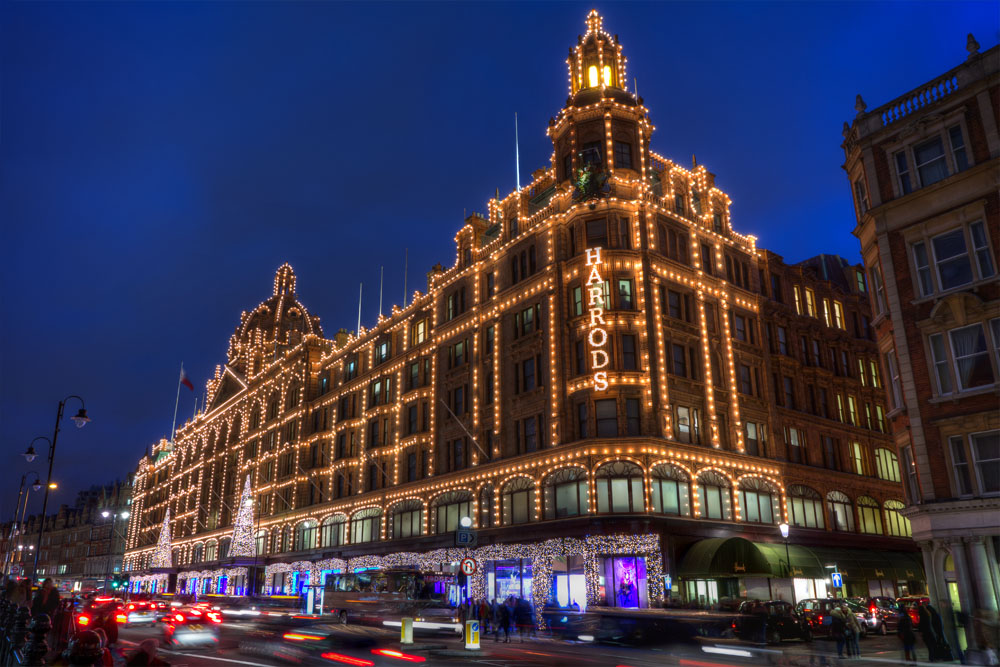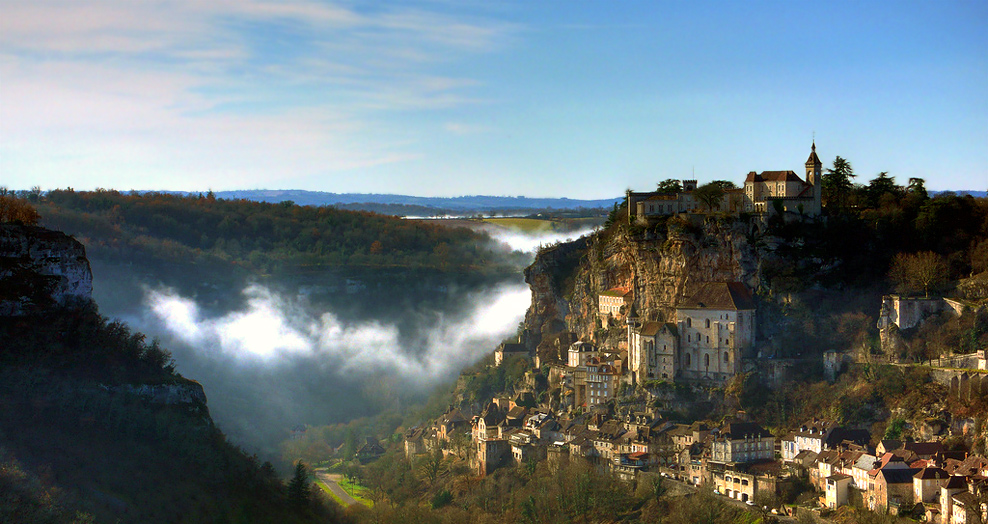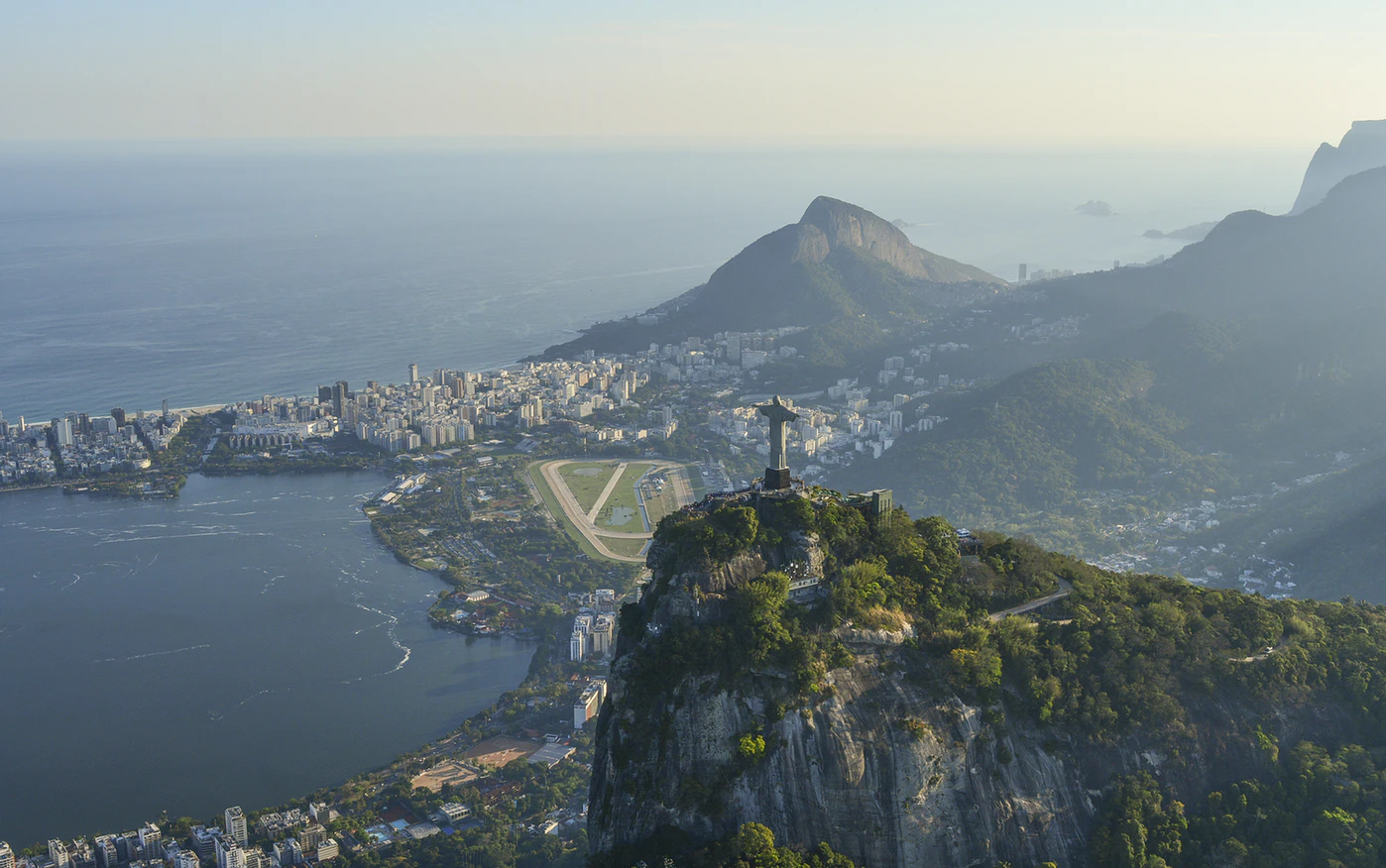Some of the most haunting travel experiences are not found in bustling capitals or scenic landmarks but in places humanity has left behind. Ghost towns stand as silent witnesses to the passage of time and contain echoes of everyday life beneath their dust and decay. They remind you that even the most vibrant communities can vanish and leave only their bones behind.
Walking through them is like stepping into a story with no final chapter. The air feels charged with secrets, and every object seems to ask a question. That quiet suspense mirrors the anticipation people seek in super sic bo online, where each moment unfolds with an edge of unpredictability — a feeling ghost towns deliver in a different but equally powerful way.
Pripyat, Ukraine — A City Stopped in Time
Perhaps the most famous ghost city in the world, Pripyat was once home to nearly 50,000 people, most of whom worked at the nearby Chernobyl nuclear power plant. After the 1986 disaster, the city was evacuated in a matter of hours. Today, it remains a chilling monument to what happens when technology and tragedy collide.
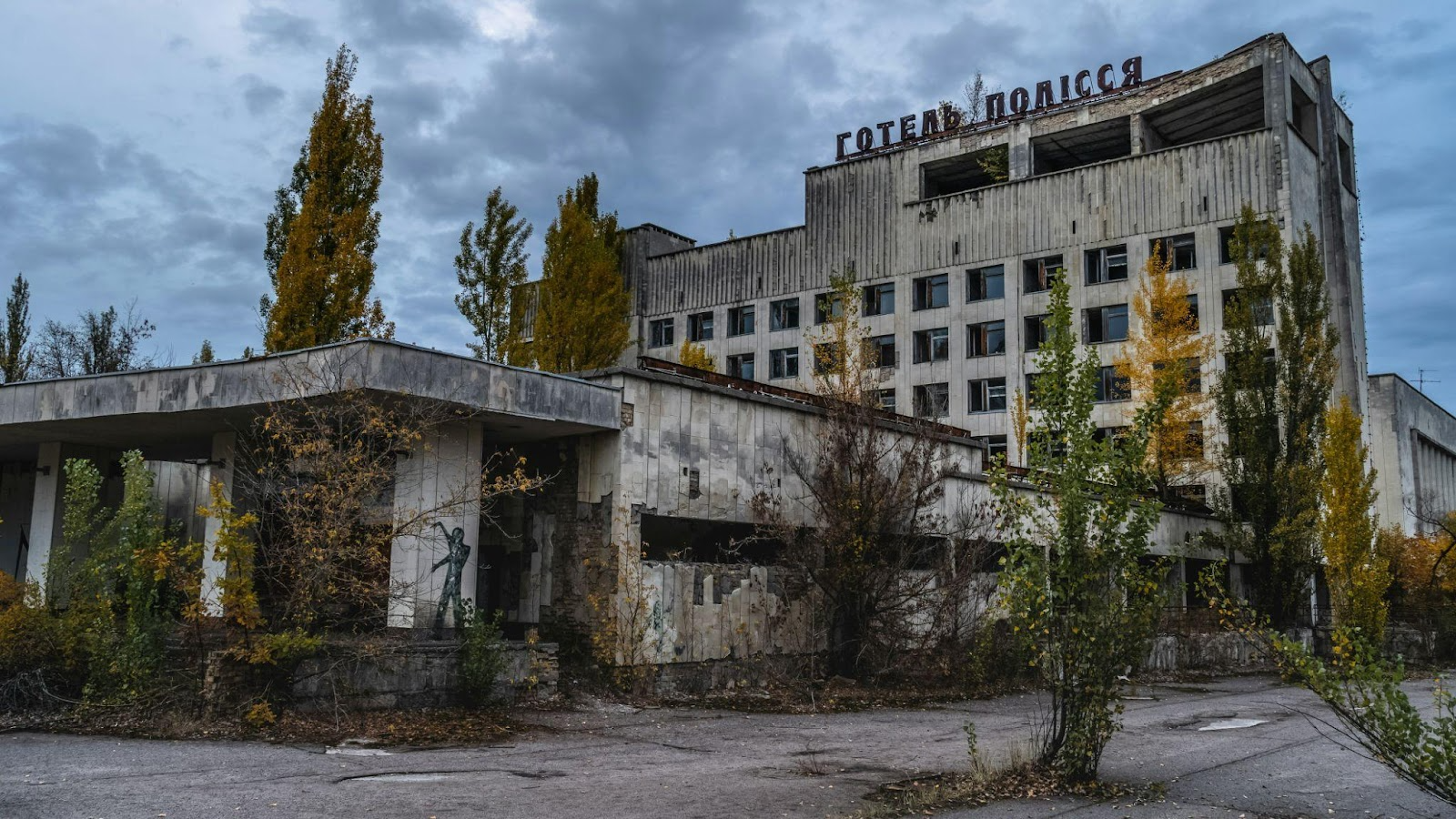
Walking through Pripyat feels like stepping into the past. Children’s toys still sit on playgrounds, schoolbooks remain on desks, and signs of everyday life linger everywhere. Nature has reclaimed much of the city and covers abandoned buildings with greenery. The quiet streets are a stark reminder of how quickly life can vanish — and how nature never stops moving forward.
Kolmanskop, Namibia — The Desert’s Silent Conquered City
In the early 20th century, Kolmanskop was a booming diamond mining town in the Namib Desert. It had hospitals, a ballroom, a casino, and even the first X-ray station in the southern hemisphere. But when diamond supplies dwindled in the 1950s, residents moved on and left the desert to claim the town.
Today, sand fills every room. It piles high against doorframes and swallows furniture whole. The wind moves through empty halls and produces a soundtrack that feels both eerie and poetic.
Hashima Island, Japan — The Concrete Ghost
Once one of the most densely populated places on Earth, Hashima Island was a coal-mining hub from the late 1800s to the 1970s. The island’s rapid decline came when Japan shifted from coal to petroleum. Residents left almost overnight and abandoned concrete apartment blocks, schools, and shops.
Today, the island stands as a decaying labyrinth surrounded by the sea. Nicknamed “Battleship Island” because of its shape, Hashima has become a time capsule of industrial life. Its empty buildings and rusting structures tell the story of an era that built modern Japan — and then disappeared beneath the tide of change.
Bodie, USA — A Gold Rush Echo
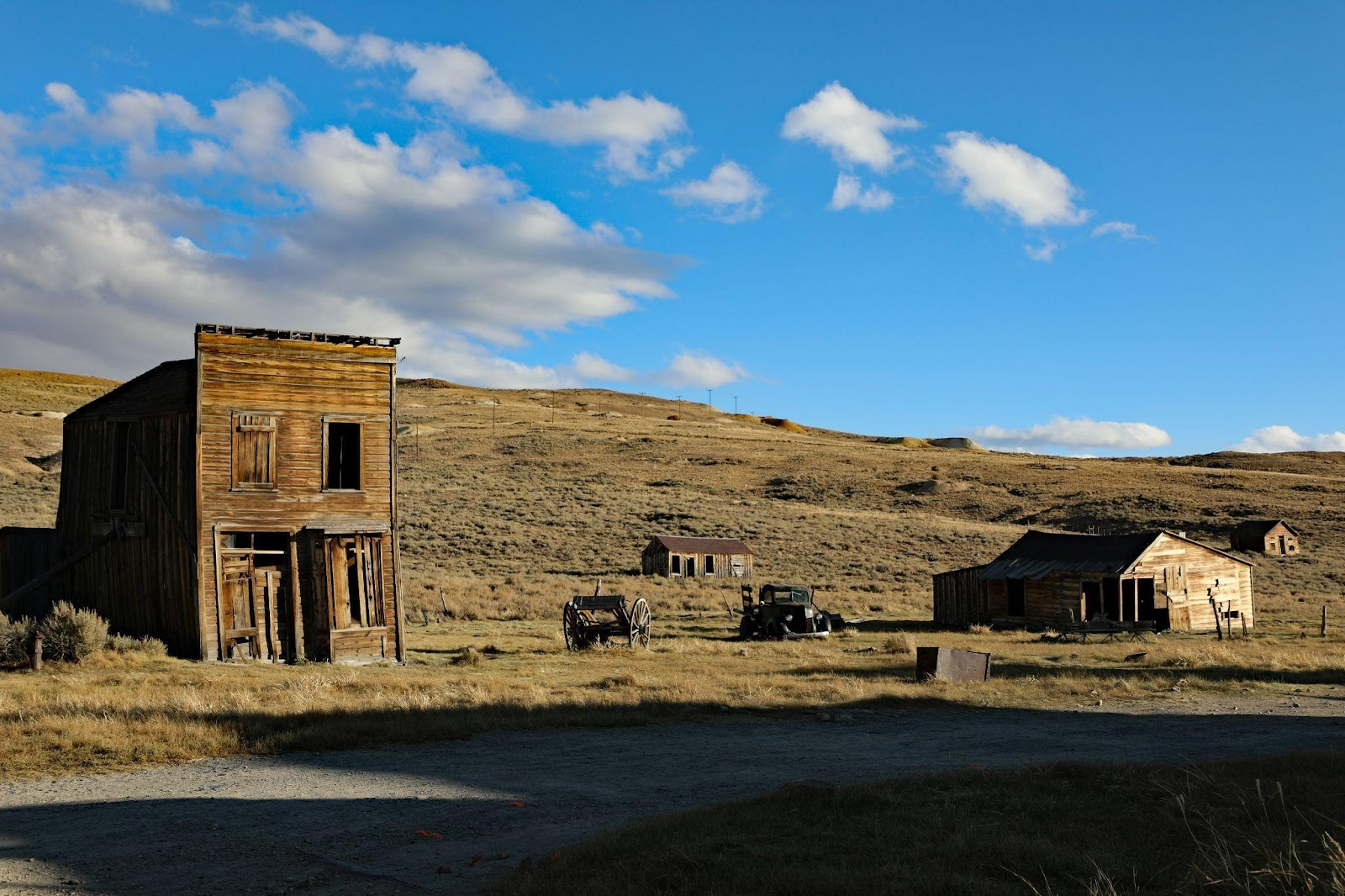
Some ghost towns feel almost staged, but Bodie in California is entirely real — a frozen chapter of the American West. Nestled in the Sierra Nevada mountains, it once thrived as a gold mining settlement and drew thousands hoping to strike it rich. Today, its silence tells a story of ambition, rise, and inevitable decline.
What makes Bodie remarkable is how much of its past still stands. As you walk its streets, these sights bring the town’s history vividly to life:
- Weathered storefronts that once buzzed with trade now lean quietly under the desert sun.
- Abandoned saloons and hotels hint at nights filled with laughter, brawls, and dreams shared over whiskey.
- Dust-covered homes still hold furniture and everyday objects, as if their owners might return any minute.
This haunting stillness is no accident. Bodie is now protected as a State Historic Park, preserved in a state of “arrested decay.” Its wooden buildings, untouched for decades, offer a rare window into frontier life.
Why These Places Matter
Ghost towns aren’t just relics of the past; they’re mirrors reflecting humanity’s ambitions, mistakes, and resilience. They tell stories about greed and resourcefulness, progress and abandonment, innovation and neglect. Each town is a frozen chapter of history, written not in books but in bricks, beams, and broken glass.
Visiting them offers more than eerie beauty. It’s a chance to question how societies rise and fall and to reflect on what remains when people are gone. Through their emptiness, ghost towns reveal an essential truth about human existence. That presence leaves an enduring mark even when it is no longer visible.


